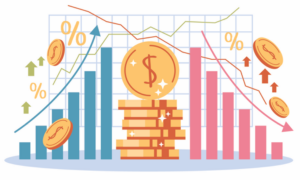The MoneySense Guide to Debt Management: How to get out of debt

Presented By
CIBC Pace It
Are you wondering how to get out of debt? Maybe you've heard that deferring mortgage payments or consolidating what you owe can help. We created this guide to help you understand your options and get on the right path to pay down your debt.











when The bay changed their credit cards I only used Capital 1 for that purpose so I applied for their new one neo but the teller mistakenly paid my statement with the old one so i asked to be reimbursed and it is 2 months and i still have not received the money back into my account. This seems to be taking a long time—–